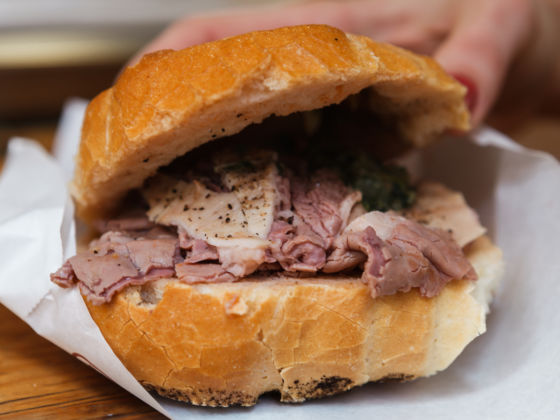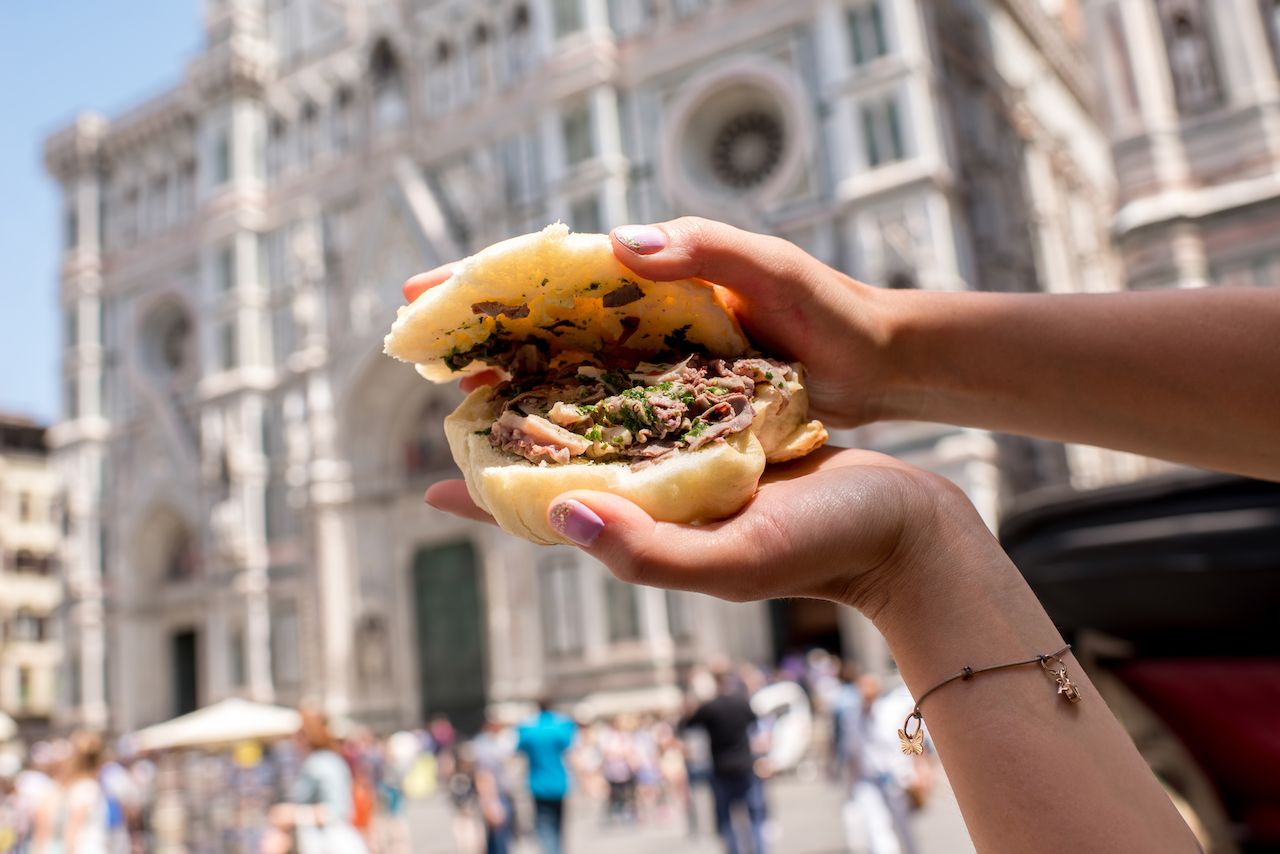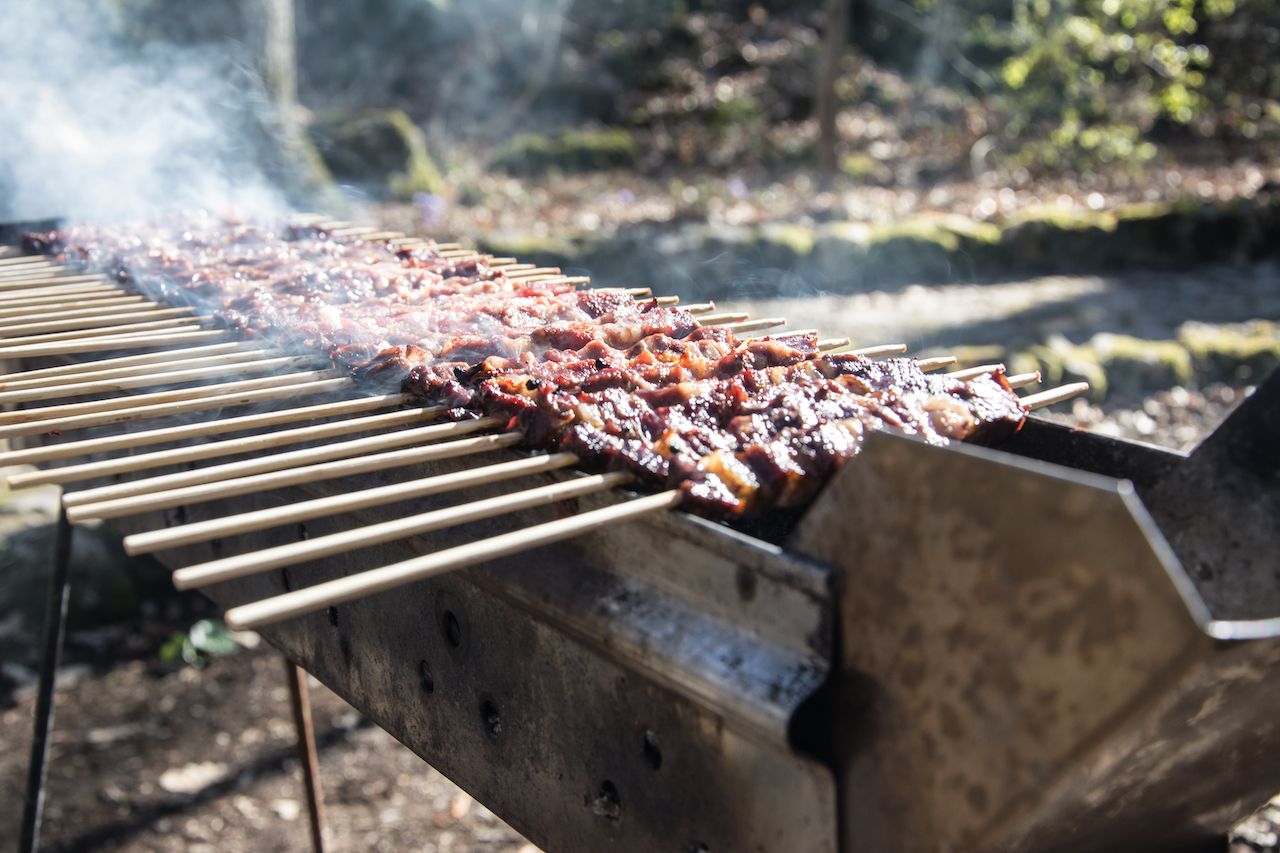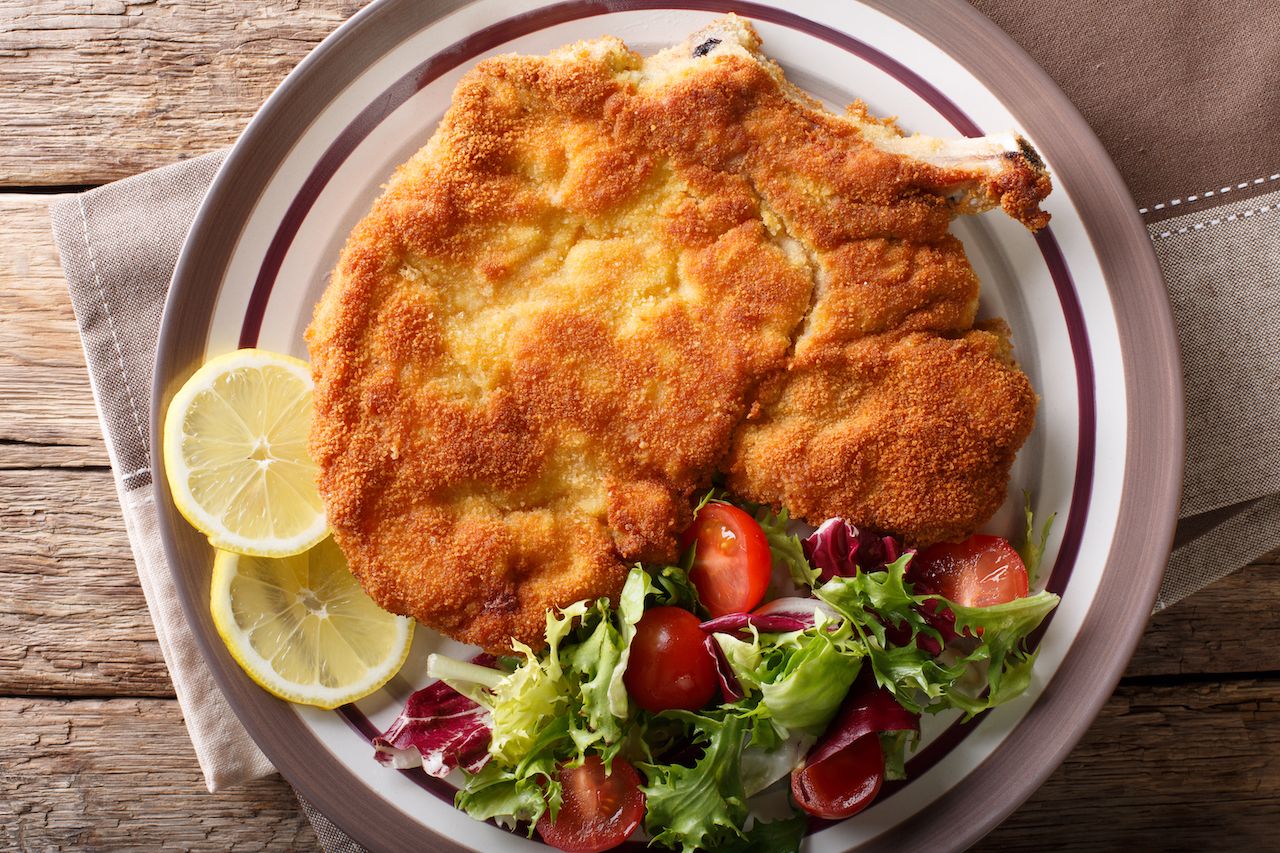When it comes to Italian food, there are the basic you know and love: pizza and Italian pasta dishes. Maybe you think of some meatballs, prosciutto, and other sliced salumi as well. But there’s so much more to the beloved food of Italy.
Italian cuisine is highly regional and varies place to place (as does the regional Italian wine and food pairings). Some of the variation dates back to tradition, some is due to what’s available in the area. Meat dishes are one of the clearest examples of this, as some Italian regions have cuts of meat you can’t find anywhere else. These seven traditional Italian meat dishes give you an idea of just how diverse Italy’s food culture is.




